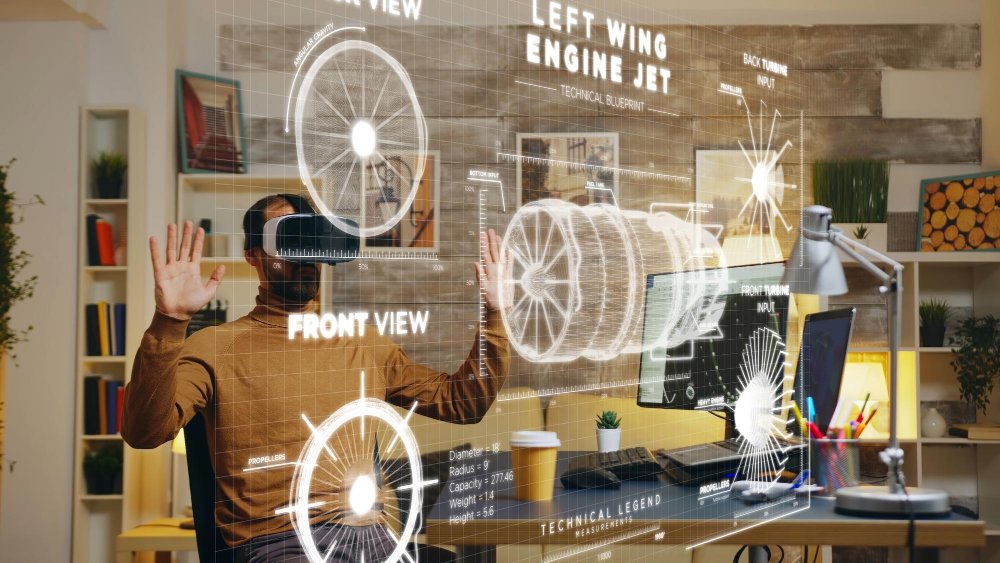Design is a product of its time. From our very first hand-drawn sketches all the way to present-day AI-projected visuals, design has constantly adapted to the requirements of different times —technological challenges and culture in each case. What was once treated as mere design has, today, become an indispensable vehicle for communication, branding and innovation. For a better sense of where creative design is going, it may help to look back at how all started.
The Classics: An Aesthetic Design Source
Design was originally tied to traditional art and craft. Artisans and painters used balance, proportion, and harmony to create aesthetically appealing images. Typography was handmade with perfection as its focus.
At this time, design existed as an extension of high art. The artworks behind the posters, ads and logos were fine tuned and polished over weeks, sometimes months. The aim was straightforward — produce something beautiful that caught the eye. It was a added and accessible priority that functionality, of course aesthetics first.
This era was so influential in crafting the principles we still hold with such high regard today — simplicity, balance and visual storytelling.
The dawn of digital: Overcoming barriers
A game-changing shift came in the late 20th century: digital tools. Creativity gained a new freedom with the influx of computers and design software such as Adobe Photoshop, Illustrator and CorelDRAW.
All of a sudden, designers were no longer writing only on pen and paper. They could tinker, reverse mistakes in an instant and bring ideas to life faster than ever before. Graphic design became widely available, and companies of all sizes could really get lit af with their visual branding.
And it was also a time for web design to take off. And in the dawn of the internet age, suddenly design was no longer just about print or physical materials — it was increasingly about screens, web pages and digital experiences. Designers had to rethink everything from layouts and navigation to user interaction.
The Digital Innovation Age Is More Than Just Visuals
Design used to be about making things look good; these days design is a method of thought, posture or strategy as much as it is anything. It’s all about strategy, storytelling and impact. The designer’s toolkit has never been broader thanks to digital innovation.
-
User Experience (UX) & User Interface (UI): Design has moved towards the people centric from product, App and site design. A great design isn’t merely beautiful; it’s intuitive and simple.
-
Motion & Interactive Design: The animations and videos have recrafted the design to become more interactive than before.
-
AI and Automation: Artificial intelligence-driven tools can design logos, propose layouts, and develop full campaigns. Designers are now learning to work with these technologies, treating them as collaborators, not just replacements.
-
Personalization: Brands personalize experiences through data-driven designs, like tailored product recommendations and personalized ads.
This change shows that design is no longer flavor of eye-candy du jour, it’s a critical part of how businesses relate to people.
What’s Next for Creative Design?
There’s even more radical changes ahead for design in the future. Here’s what we can expect:
-
Immersive Experiences: As AR (Augmented Reality) and VR (Virtual Reality) continue to take off design will go well beyond books in channels. Picture virtual fitting rooms or a brand’s story told in 3D spaces.
-
Sustainably (Eco Design): Expect more eco-conscious design, and the rise of digital-first solutions, especially those that are environmentally friendly.
-
AI + Humans: The biggest wins will crop up by combining technology with emotional intelligence.
-
Minimalism With a Message: Clean, unfussy design will predominate, but with an extra layer of purpose — communicating values, not just visuals.
Conclusion: A Venture of Creativity and Commitment
The process of creative design teaches us one unmistakable fact – that design is never stationary. Each stage of the process – from art-influenced traditional aesthetics to new digital possibilities has influenced how we see and perceive the world.
As we embrace our future, the most effective designs won’t just be beautiful – they will connect us, inspire new possibilities and create meaningful experiences. Creative is no longer just about the “what” — it’s about the “why” and “how.”
In other words, the next phase of design isn’t just about innovation. It’s the power of creativity used to meaningful ends —designs that have a lasting impact on people, brands and society at large.


